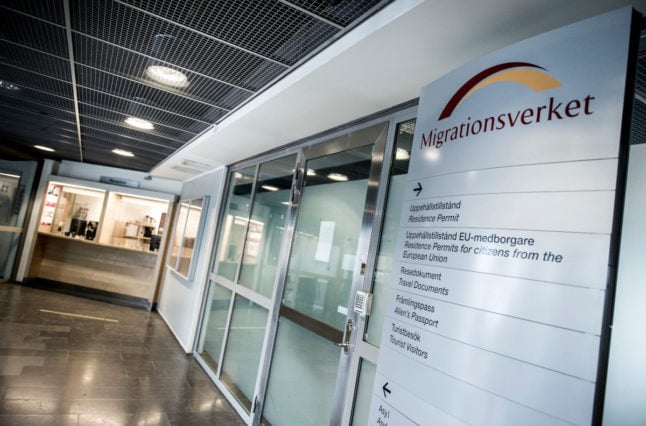How do I apply for a student permit in Sweden?
You can apply for a student permit online, through the Migration Agency’s e-service. To apply online, you’ll need to be able to use a credit or debit card to pay the application fee.
Alternatively, you can submit a paper application to a Swedish embassy or consulate-general. You’ll need to print and fill in the following form: Application for a residence permit for students – First-time applicants, 113011.
What do I need to apply for a student permit?
In order to apply for a Swedish student permit, you will need to have been accepted into a full-time programme or course that requires your presence in Sweden. You will need your admission offer, or a document called a ‘notification of selection results’.
You must be able to show that you will support yourself during the period of time for which you are applying for a permit. In 2023, the maintenance requirement is 9,450 kronor per month. This can be documented through bank statements for an account from which only you and, if applicable, your spouse can withdraw money. This requirement does not apply if you receive a scholarship that covers your cost of living, like the Swedish Institute Scholarship for Global Professionals. If this is the case, attach proof of that scholarship instead.
If you receive free food wherever you’re staying in Sweden, the maintenance requirement can be reduced by 1,837.50 kronor. If you receive free housing, this can again be reduced by 4,200 kronor.
You must have paid the first installment of your tuition fee before applying.
You’ll also need a copy of your passport in which your personal information, signature, and the validity of the passport are clearly visible. Read more here about the passport requirements.
And finally, you’ll need to show that you have, or have applied for, health insurance. If your studies last more than one year, you will be able to register in the Swedish Population Register and receive health coverage through that once you are registered.
If your studies are for less than one year, you will not be able to register, and you must show that you have health insurance independently or through your higher education provider.
When can I apply for my Swedish student permit?
You can apply as soon as you have all the documents ready, unless you will be supporting yourself financially, in which case you can only apply up to four months before the start date for the course you’re applying for a permit for.
Will I have to visit a Swedish embassy or consulate-general?
If you are applying from outside Sweden, you may need to show your passport at a Swedish embassy or consulate-general. The Migration Agency will contact you if this is necessary.
If you need a visa to enter Sweden, you will also need to visit an embassy or consulate-general to have your photograph and fingerprints taken for your residence permit card before you can travel to Sweden.
How long does it take to get a student permit?
The straight answer is, you never know. According to the Migration Agency’s website, 75 percent of first-time applicants have received a decision within six months. This can become longer if your case officer requests more information from you, so it is best to provide thorough documentation in your initial application to avoid longer wait times.
What happens after my studies are completed?
If you’d like to stay in Sweden to look for a job after you complete your studies, you can apply for an after-studies residence permit. That process is explained here.



 Please whitelist us to continue reading.
Please whitelist us to continue reading.
Member comments